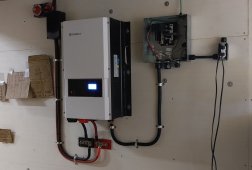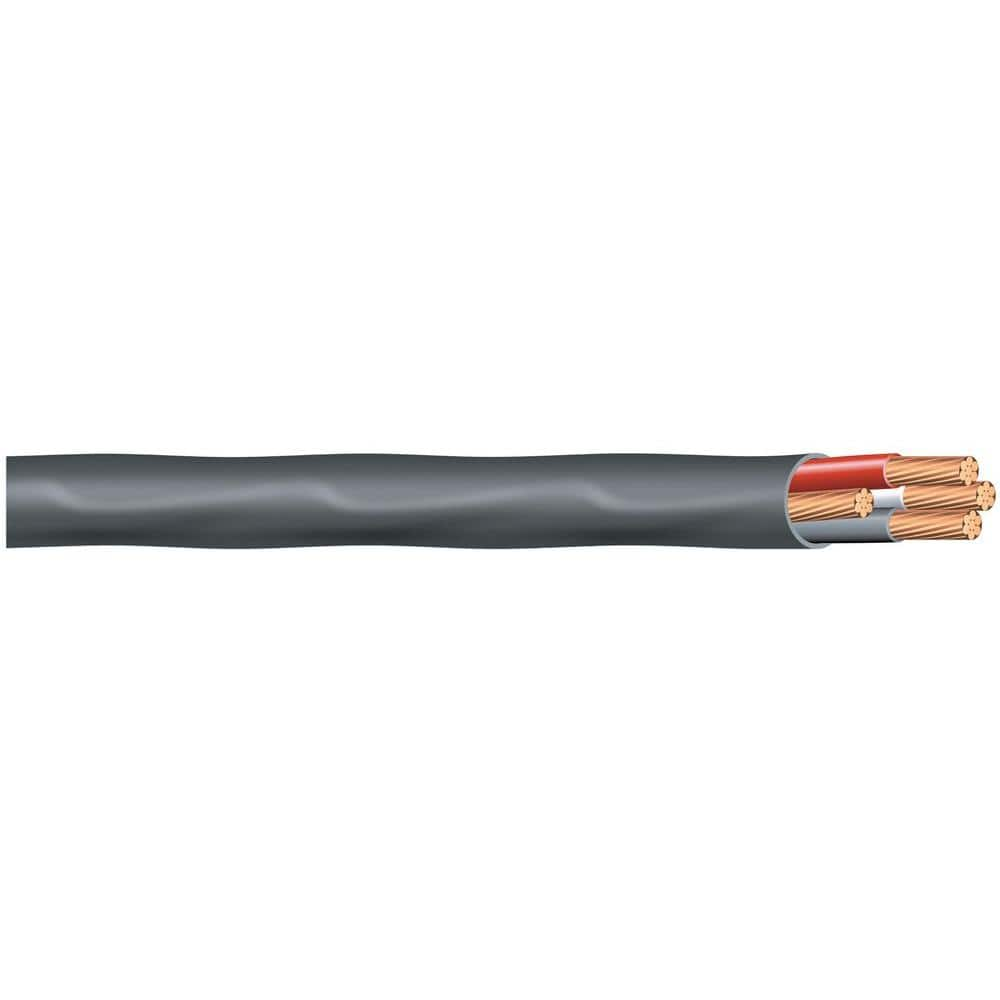MrM1
I'm Here, But I'm Not All There
I'm using 6 Awg SOOW cable for my AC electrical connections in my mobile cargo trailer build. Was going to use MC, but I thought the SOOW looked clearer.
Problem I'm having is connecting the fine stranded 6 awg wire to busbars and screw terminals. When the screw bites, some of the the wires spread out from under the screw.
Solutions?
What is the correct North American way to connect SOOW in this way? Seems ferrules might work, but is that correct for NA? And if it is correct, Im guessing I'd need a crimper? Square? Or multi sided?

Problem I'm having is connecting the fine stranded 6 awg wire to busbars and screw terminals. When the screw bites, some of the the wires spread out from under the screw.
Solutions?
What is the correct North American way to connect SOOW in this way? Seems ferrules might work, but is that correct for NA? And if it is correct, Im guessing I'd need a crimper? Square? Or multi sided?

Last edited:



